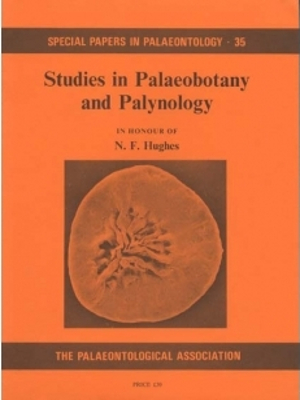Reg. Charity No. 1168330

In situ megaspores from five sporophylls of Lepidostrobophyllum fimbriatum (Kidston) Allen are described from two localities near the English-Scottish border. Each megasporangium contains one tetrad, variously developed, comprising both smaller and larger megaspores. The smaller specimens, presumed abortive, reach a maximum dimension of 2 mm. They differ in gross morphology from the larger ones, presumed fertile, which are from 3·0- 6·5 mm in diameter. The larger also show marked differences among themselves in distal inflation and ornament. All are compared with Setispora pseudoreticulata Spinner on the basis of the haptotypic features. They are thought to include the largest ever recorded.